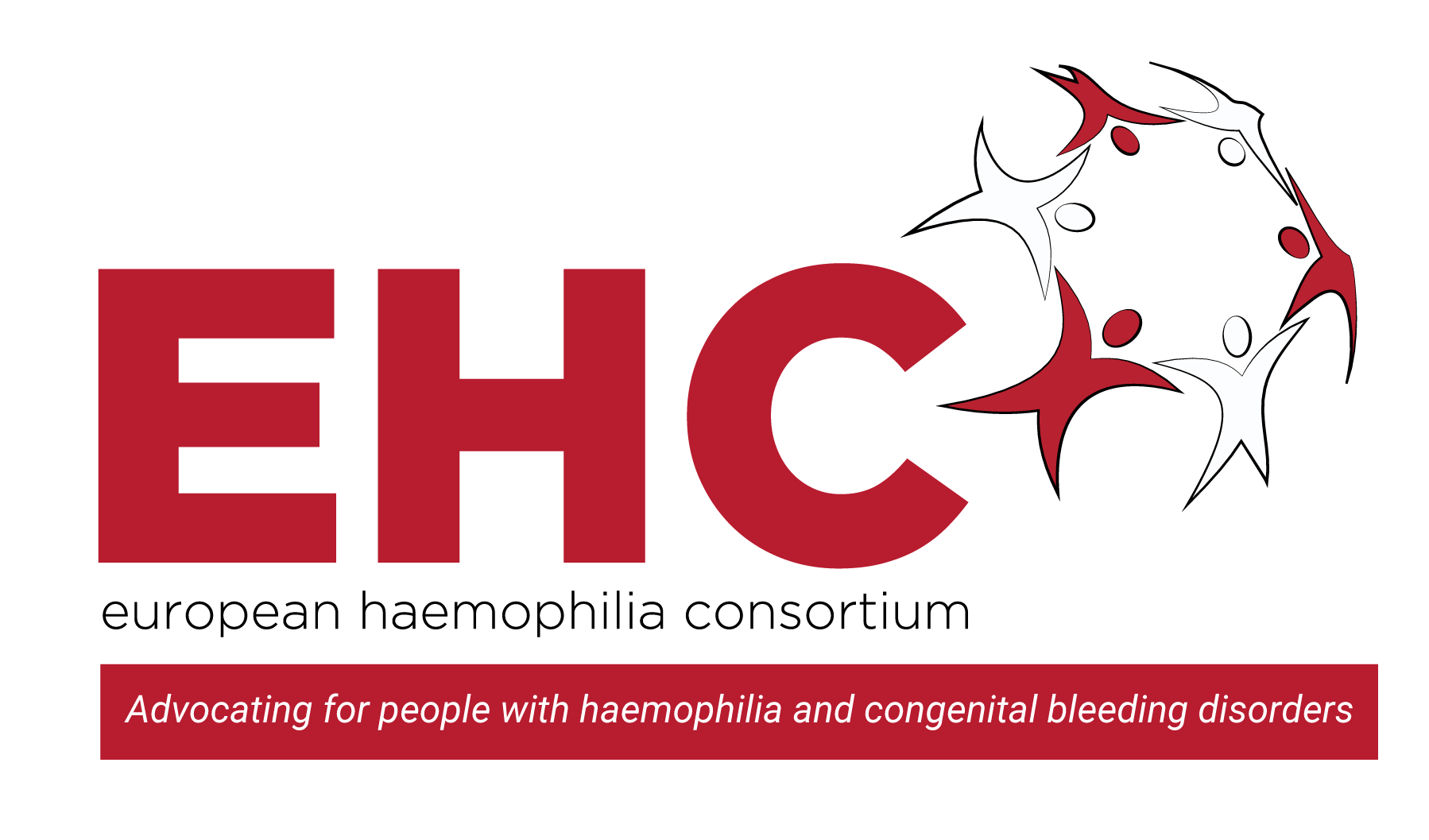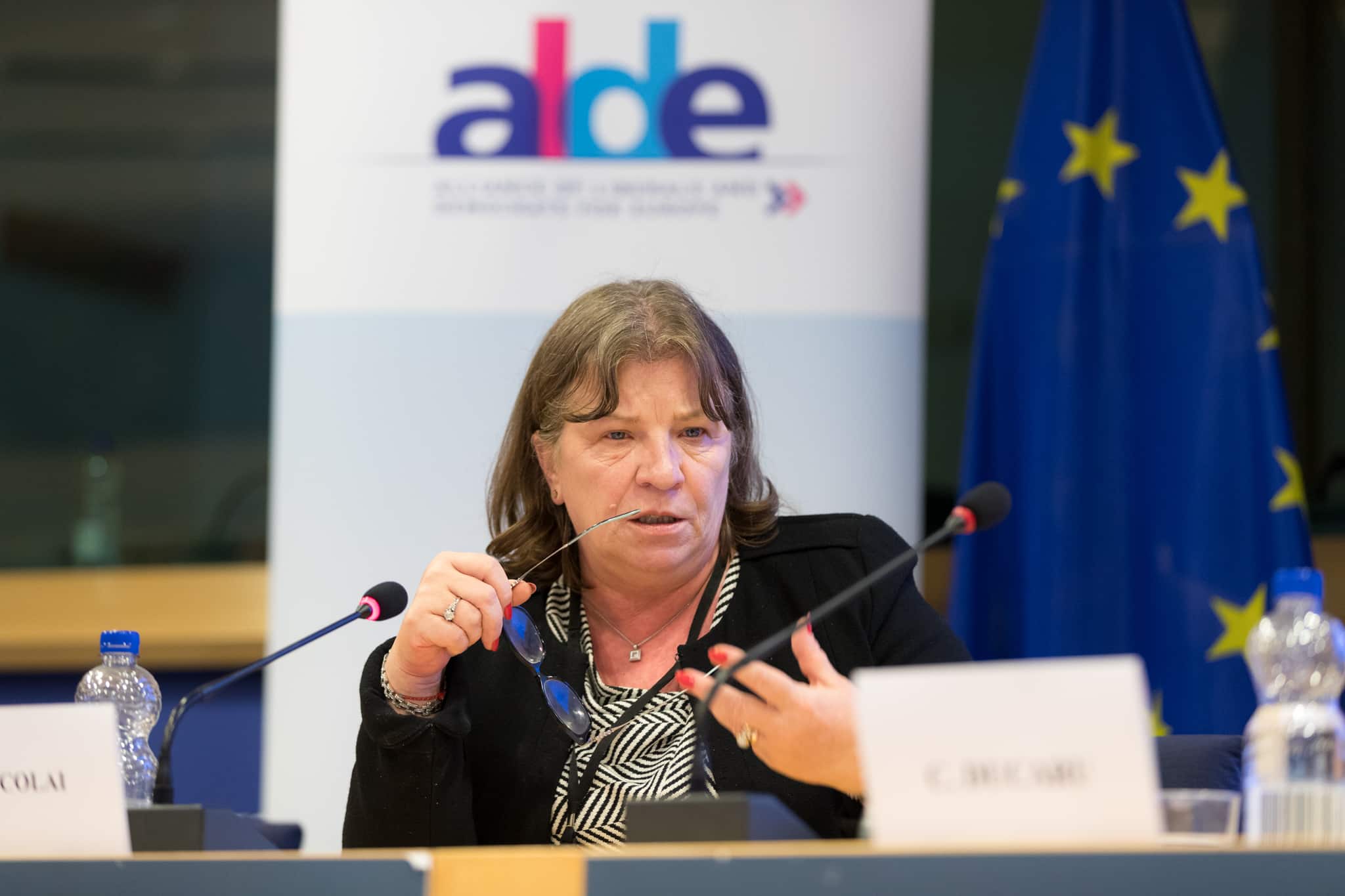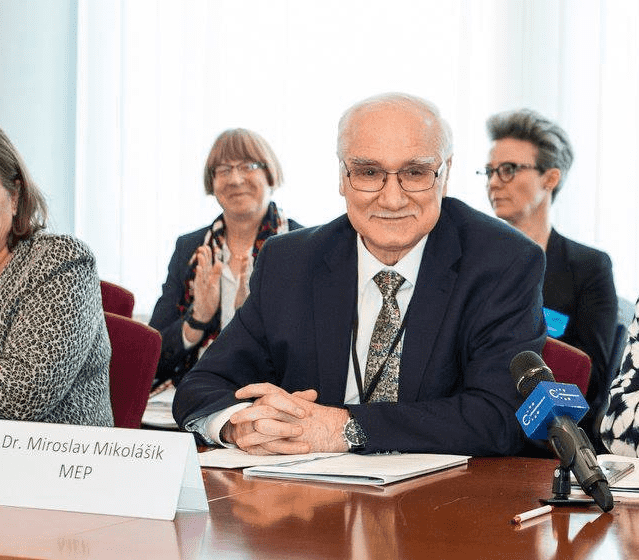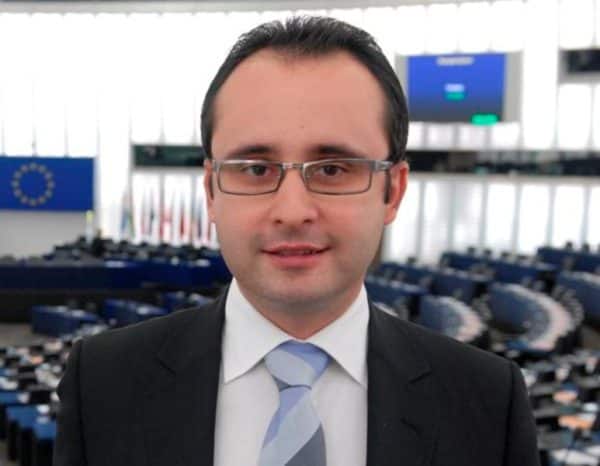
The World Health Organization (WHO) has declared the Zika virus a public health emergency of international concern. They define this as “an extraordinary event which is to constitute a public health risk to other states through the international spread of disease and to potentially require a coordinated international response.” The WHO estimates that up to four million people worldwide could be affected this year. The virus has been linked to thousands of suspected cases of birth defects in Brazil. Zika is primarily spread by bites from infected Aedes aegypti mosquitoes, after which the virus enters the bitten individual’s blood stream. The Aedes albopictus mosquito is also implicated in onward transmission.
As Zika is a flavivirus, which is a relatively large (40 nanometres – nm) lipid-enveloped virus, there is a high probability that it will be successfully inactivated and removed by current pathogen inactivation and reduction techniques (heat, solvent detergent and nanofiltration) used in the manufacture of plasma-derived medicinal products (PDMP), including plasma-derived FVIII and FIX concentrates.
Transmission via blood or labile, non-virally inactivated blood components is more of a potential issue. In an outbreak of Zika virus in French Polynesia in 2013, three per cent of blood donors, although asymptomatic at the time of blood donation, were found positive for the Zika virus, suggesting a potential risk of transfusion-derived transmission. A transfusion-transmitted Zika virus infection was not reported at that time. However, transmission is possible through blood donated by viraemic, asymptomatic residents or travellers returning from affected areas. Therefore, blood authorities may consider a temporary deferral from blood donation of persons with a travel history to affected areas (14 day deferral as used for dengue fever).
A blood safety strategy in affected areas includes the deferral of donors with a diagnosis of the Zika infection for a period of time from cessation of disease symptoms, pathogen inactivation of platelets and fresh frozen plasma, and enhanced post-donation reporting from donors who develop symptoms compatible with the Zika fever.
The virus was first discovered in the Zika forest in Uganda in 1947. It is common in Africa and Asia. In May 2015, an outbreak occurred in Brazil, and it has now spread to 21 countries in South America, Central America, Mexico and the Caribbean. Some 60 to 80 per cent of those infected have no symptoms, and the majority of those who are symptomatic have mild symptoms, including fever with muscle ache, rash and red eyes. However, there is major concern in relation to possible impact on pregnant women. In the past year, Brazil has seen a 3800 per cent increase in the incidence of microcephaly (unusually small heads and brains) in new-born babies. This is strongly suspected to be due to the infection of the pregnant mother with the Zika virus. In areas endemic for the Aedes species, a preparedness plan to respond to future outbreaks of the Zika virus infection should include emergency plans to sustain the blood supply. In terms of potential transmission in the European Union (EU), the Aedes albopictus mosquito species is established in many parts of the EU, primarily around the Mediterranean. Onward transmission from imported cases within the continental EU is possible because Aedes albopictus is probably a competent vector for the transmission of Zika virus. The risk for the transmission of Zika virus infections is extremely low in the EU during winter season as the climatic conditions are not suitable for the activity of potential vectors.
There has also been an increase in the number of cases of Guillain-Barre syndrome probably related to an immune response to the virus. There have been some anecdotal reports of Zika virus transmission by blood transfusion and via sexual contact; on February 2nd, there was a report of sexual transmission of Zika virus in Texas in the United States (USA). Cases of the Zika virus have now been reported in many countries in people who have travelled from affected countries such as Brazil.
The European Haemophilia Consortium (EHC) is monitoring this situation and will update this statement when more information is available, including more details on inactivation of the Zika virus in clotting factor concentrates (CFCs) or any potential risk of transmission from CFCs.
For more information:





 Jim is aged 66 and has Haemophilia A with a high titer inhibitor which he developed at age 14.
Jim is aged 66 and has Haemophilia A with a high titer inhibitor which he developed at age 14. Maria Elisa Mancuso (MD, PhD) is a Haematologist and works as a Senior Haematology Consultant at the Center for Thrombosis and Haemorrhagic Diseases of IRCCS Humanitas Research Hospital in Rozzano, Milan, Italy. She is Adjunct Clinical Professor at Humanitas University. She obtained a post-degree in Clinical and Experimental Haematology and a PhD in Clinical Methodology. She is involved in clinical research and has published several original articles in peer-reviewed journals a The Lancet, Blood, Journal of Thrombosis and Haemostasis, Haematologica, Thrombosis and Haemostasis, British Journal of Haematology and Haemophilia. She is reviewer for several peer-reviewed journals and member of the Editorial Board of JTH. She is a member of several scientific societies (ISTH, WFH, ASH, EAHAD, SISET, AICE) and was a medical member of the Inhibitor Working Group of the European Hemophilia Consortium. She is co-chair of the ADVANCE Study Group. She has acted also as co-chair of the Scientific and Standardization Subcommittee of ISTH on FVIII, FIX and rare bleeding disorders. She has been involved as principal and co-investigator in several clinical trials, and she takes care of both children and adults with hemophilia and other congenital bleeding disorders with a specific scientific interest in novel therapies, prophylaxis, inhibitors, and chronic hepatitis C.
Maria Elisa Mancuso (MD, PhD) is a Haematologist and works as a Senior Haematology Consultant at the Center for Thrombosis and Haemorrhagic Diseases of IRCCS Humanitas Research Hospital in Rozzano, Milan, Italy. She is Adjunct Clinical Professor at Humanitas University. She obtained a post-degree in Clinical and Experimental Haematology and a PhD in Clinical Methodology. She is involved in clinical research and has published several original articles in peer-reviewed journals a The Lancet, Blood, Journal of Thrombosis and Haemostasis, Haematologica, Thrombosis and Haemostasis, British Journal of Haematology and Haemophilia. She is reviewer for several peer-reviewed journals and member of the Editorial Board of JTH. She is a member of several scientific societies (ISTH, WFH, ASH, EAHAD, SISET, AICE) and was a medical member of the Inhibitor Working Group of the European Hemophilia Consortium. She is co-chair of the ADVANCE Study Group. She has acted also as co-chair of the Scientific and Standardization Subcommittee of ISTH on FVIII, FIX and rare bleeding disorders. She has been involved as principal and co-investigator in several clinical trials, and she takes care of both children and adults with hemophilia and other congenital bleeding disorders with a specific scientific interest in novel therapies, prophylaxis, inhibitors, and chronic hepatitis C. As a patient with factor II deficiency, the diagnostic and treatment of rare bleeding disorders is a matter dear to my heart. My motivation to participate in the work of the ERIN committee is to improve both diagnostic and treatment for patients with rare bleeding disorders across Europe.
As a patient with factor II deficiency, the diagnostic and treatment of rare bleeding disorders is a matter dear to my heart. My motivation to participate in the work of the ERIN committee is to improve both diagnostic and treatment for patients with rare bleeding disorders across Europe. Economist and financial expert by profession, executive coach and trainer by passion and haemophilia advocate by every drop of my blood through my son (who has severe haemophilia A with inhibitors). Bringing a good decade of practical experience from the corporate insurance world, laser focus, growth mindset and resilience from my own experience, offering you anything I can just do, in hope that together we can make life more fulfilled for those impacted by bleeding disorders.
Economist and financial expert by profession, executive coach and trainer by passion and haemophilia advocate by every drop of my blood through my son (who has severe haemophilia A with inhibitors). Bringing a good decade of practical experience from the corporate insurance world, laser focus, growth mindset and resilience from my own experience, offering you anything I can just do, in hope that together we can make life more fulfilled for those impacted by bleeding disorders. Amy Owen-Wyard is a Registered Mental Health Nurse. With experience working with children, young people, their families and adults with severe and enduring mental health conditions. Amy was also involved in a service improvement to provide a holistic care approach for those in general hospitals to support both their mental and physical health, whilst sharing her expertise and knowledge in mental health with the wider multidisciplinary team.
Amy Owen-Wyard is a Registered Mental Health Nurse. With experience working with children, young people, their families and adults with severe and enduring mental health conditions. Amy was also involved in a service improvement to provide a holistic care approach for those in general hospitals to support both their mental and physical health, whilst sharing her expertise and knowledge in mental health with the wider multidisciplinary team.








